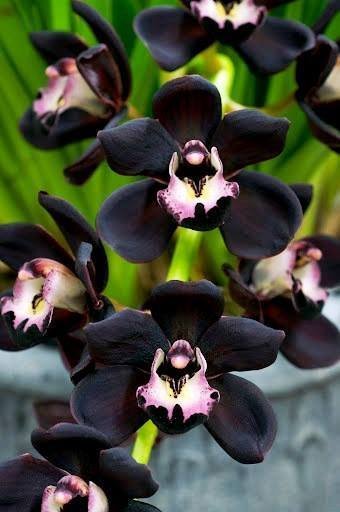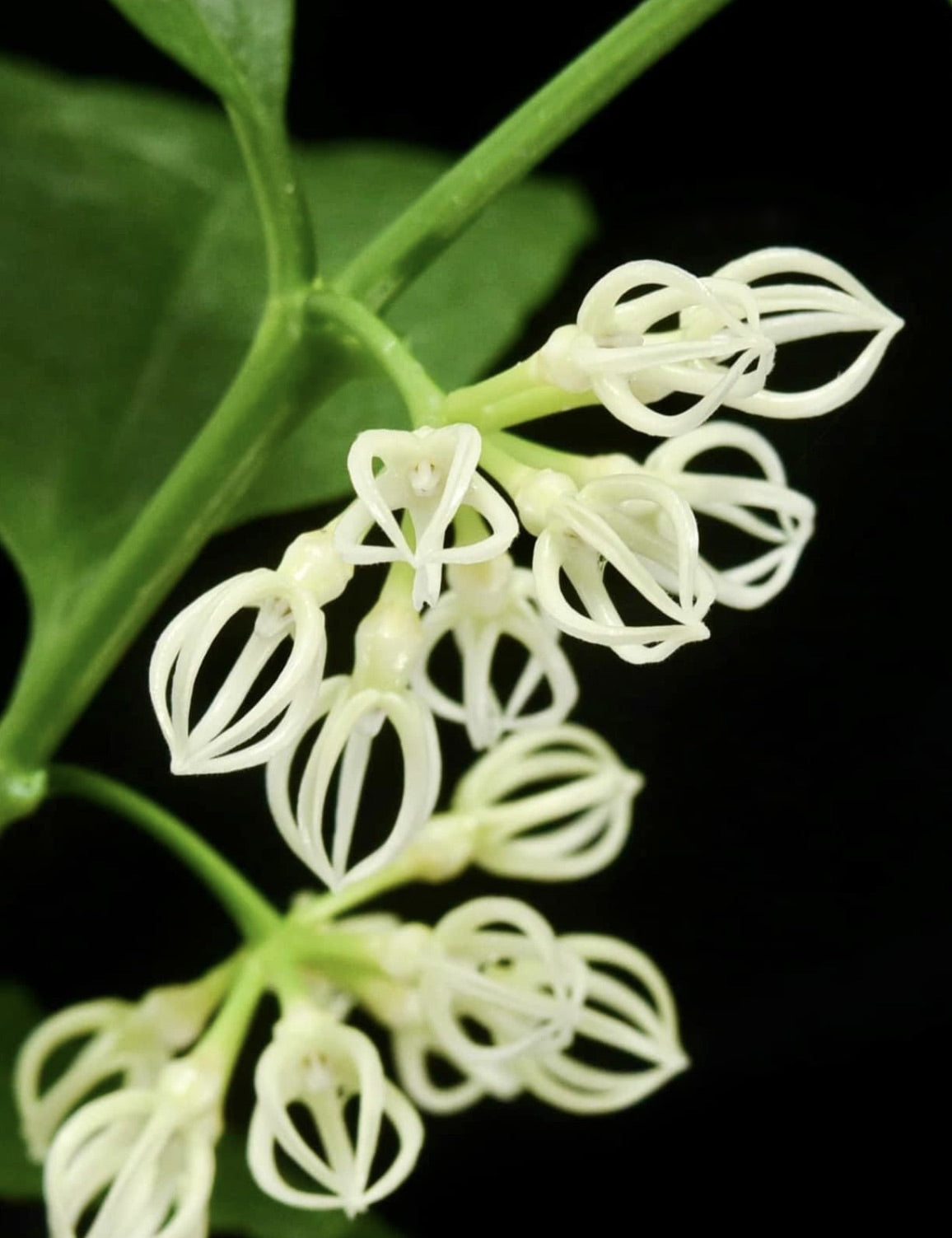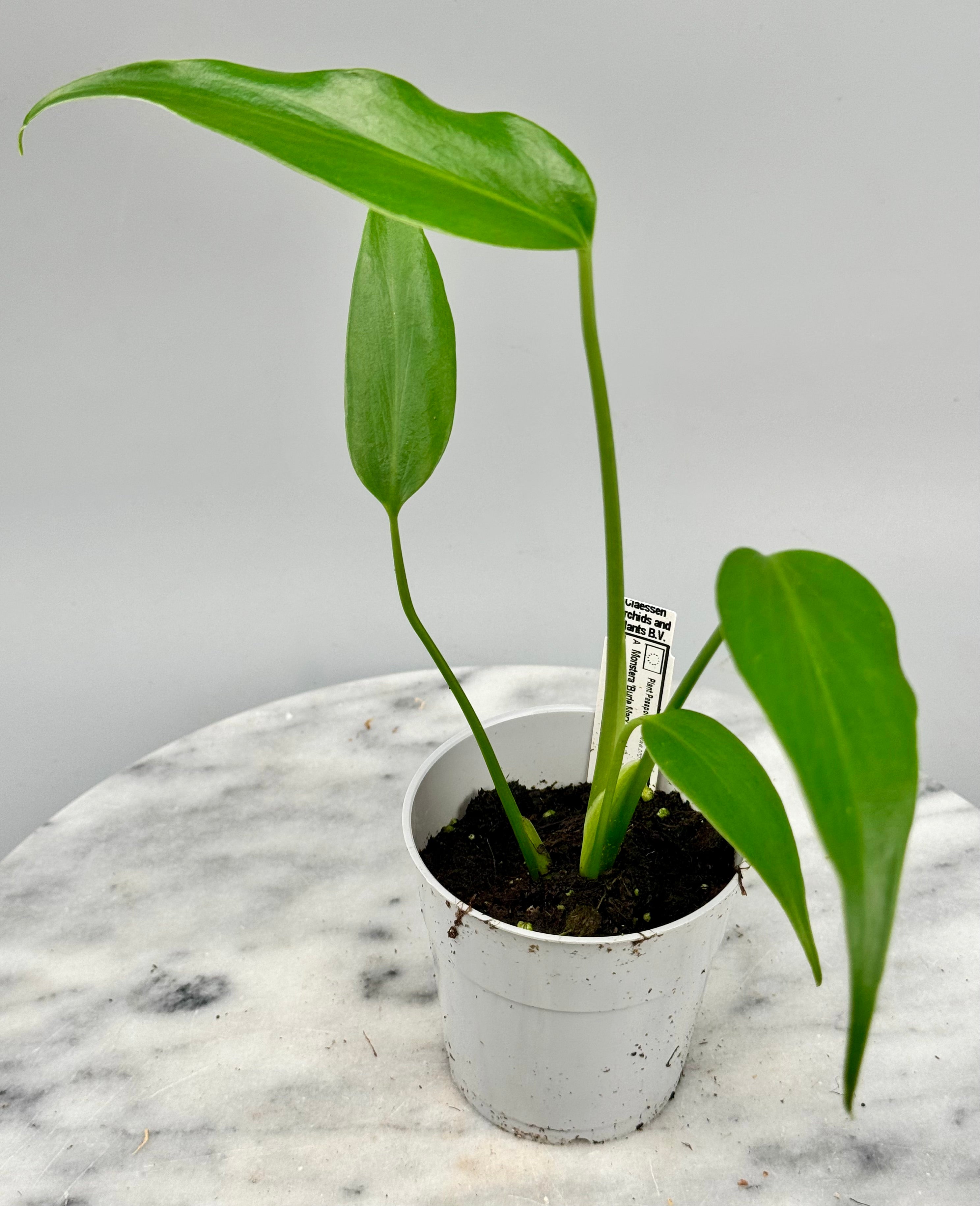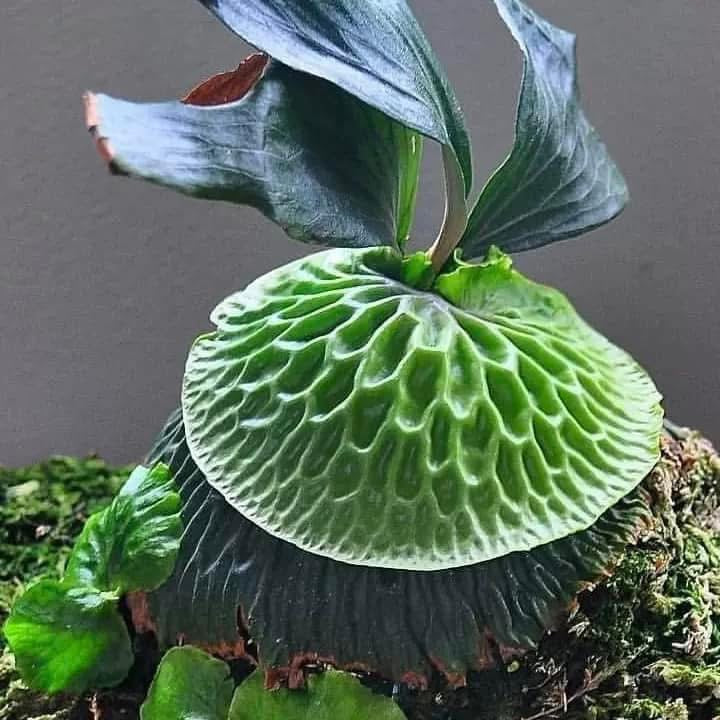You may have noticed that there are many artificial crosses not only of species, but also between orchid genera. For example, the coveted black orchid 'Fredclarkeara After Dark' is a cross created from a Catasetum, Clowesia and a Mormodes. Although hybrid orchids also occur in nature, this is a rarity and most are artificially created by man for various aesthetic reasons. But why doesn't nature do this much, if at all, if humans manage to produce hybrids of orchids?
Symbiotic pollination
Orchids in the wild usually depend on specific pollinators, such as certain flies, butterflies, birds or bees. Orchids often have complex flowers adapted to the morphology and behaviors of their specific pollinator. This ensures that pollen from one orchid species often does not readily reach a flower of another species or genus. This reduces the likelihood of crossbreeding.
Reproductive isolation
Many orchids have adapted to isolate themselves reproductively from other species using natural selection. The orchid can do this through differences in color, scent, flowering time or timing of flower attraction or opening. This further limits the likelihood of cross-pollination with other species or genera.
Habitat isolation
Orchids are complex organisms that often depend on very specific climatic conditions. In evolution, species have adapted to their environment. Geographic separation or occupation of different niches of two species is something common among orchids in the wild. Geographic and ecological isolation keep different species from meeting each other. The chances of insects or other animals pollinating the species are reduced.
Slow evolution
Not only can orchids often grow very old, but the time it takes for an orchid to mature and flower often takes years. Many other plants have shorter life cycles, so the evolution of orchids is often also at a much slower pace. Artificial evolution is also slow compared to many green tropical houseplants, for example.
Genetically no match
In many species, seeds may develop after pollination with another species, but the seeds are not viable. This is called genetic incompatibility.
Artificial evolution
All these elements make it very difficult and sometimes impossible in nature to cross species. So special hybrids that look aesthetically beautiful on our pages you will often not be able to come across in the tropical rainforest. These have been specially selected and specially bred by expert professionals for various reasons. In particular, the blue, white and black color is much tried to make artificial. This process of trial and error takes years due to the long life cycles of orchids.
In short, these factors make it difficult for orchid species to interbreed in the wild. This may explain the rarity of natural hybrids.






























